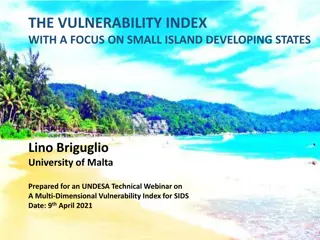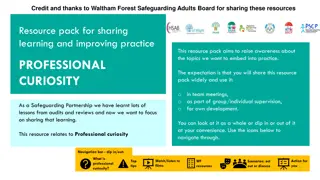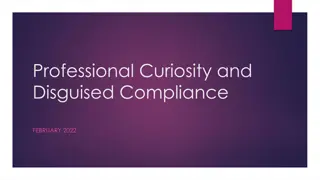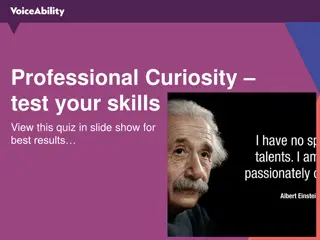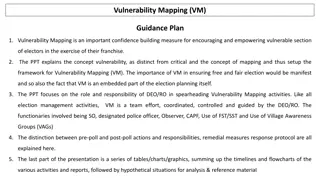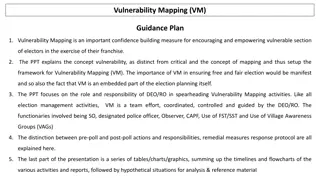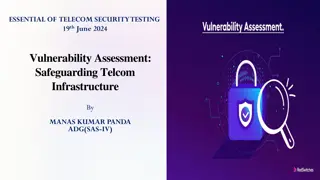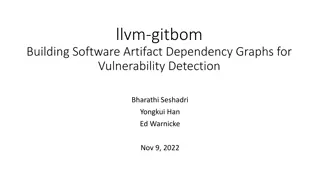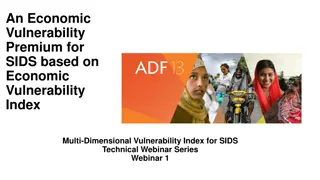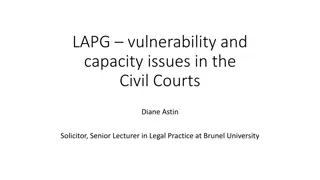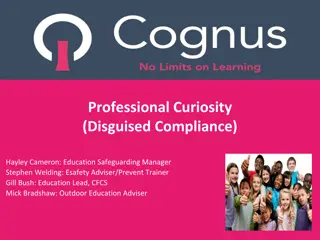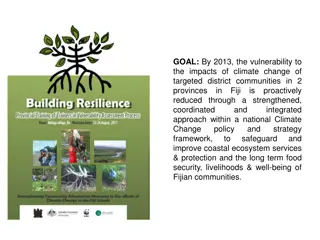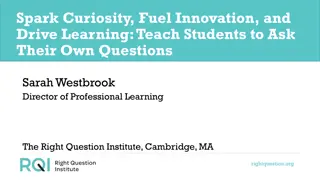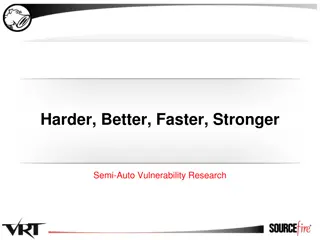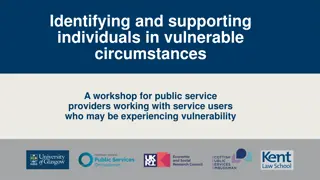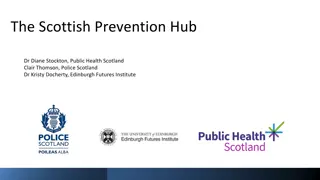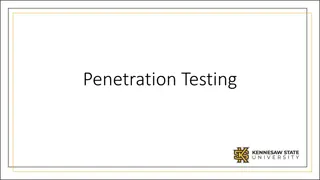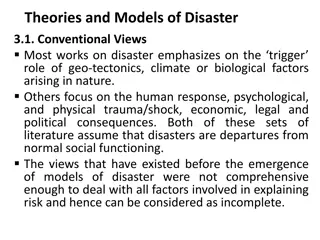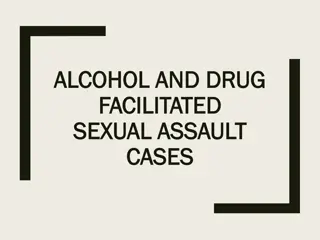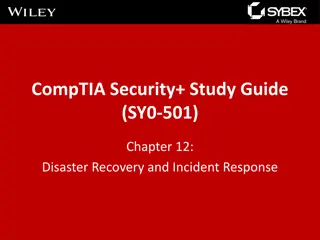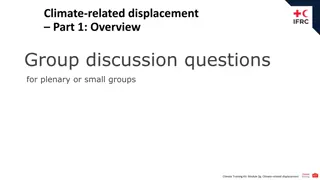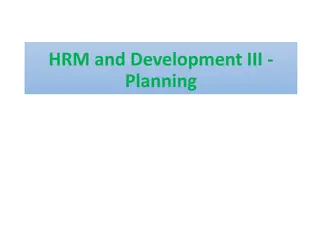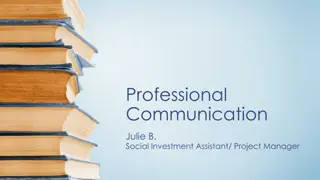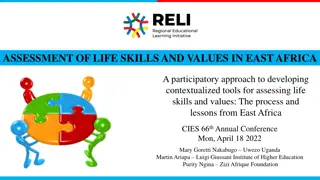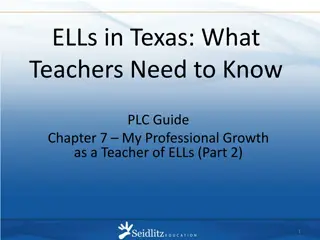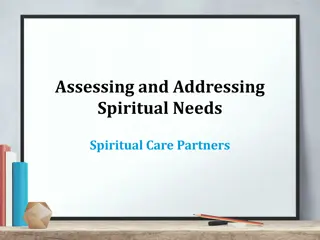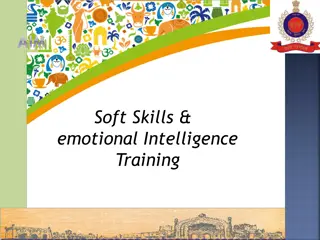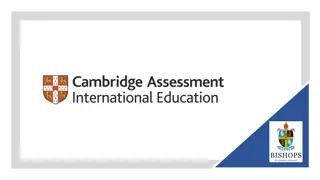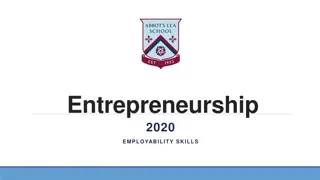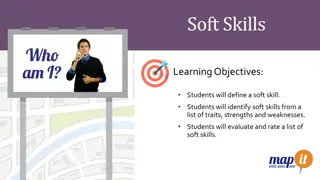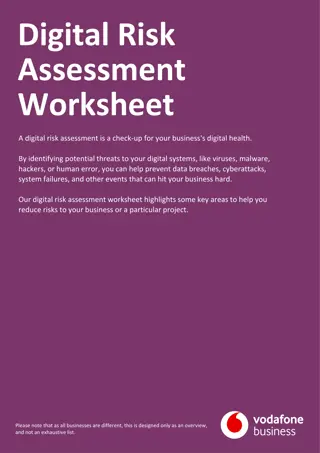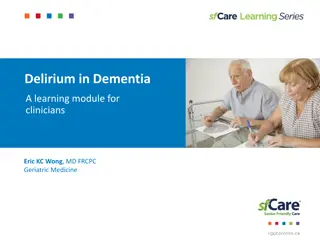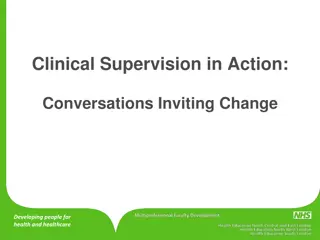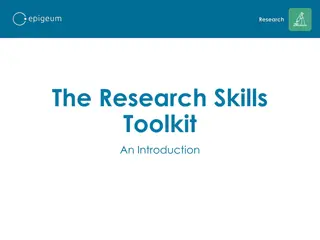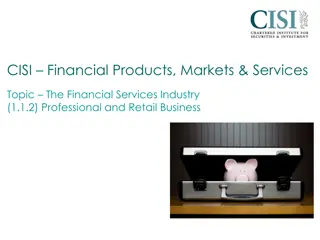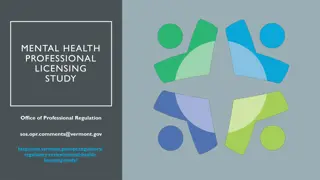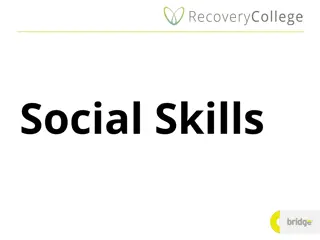Professional Curiosity: Enhancing Skills in Assessing Vulnerability
Professional curiosity is essential in social work to explore individual and family circumstances effectively. It helps to avoid assumptions, identify vulnerabilities, and provide the right support at the right time. Skills like looking, listening, asking, and checking are crucial in exercising professional curiosity. Observing home environments, understanding communication dynamics, and being attentive to details play a vital role in safeguarding efforts.
- Professional Curiosity
- Skills Assessment
- Vulnerability Identification
- Social Work
- Communication Skills
Download Presentation

Please find below an Image/Link to download the presentation.
The content on the website is provided AS IS for your information and personal use only. It may not be sold, licensed, or shared on other websites without obtaining consent from the author. Download presentation by click this link. If you encounter any issues during the download, it is possible that the publisher has removed the file from their server.
E N D
Presentation Transcript
Professional Curiosity and Disguised Compliance FEBRUARY 2022
What is professional curiosity? Professional curiosity is the capacity and communication skill to explore and understand what is happening with an individual or family. It requires you to not accept things at face value, to be inquisitive and not make assumptions. You need to think outside the box and consider people s circumstances holistically. It is about enquiring more deeply, using proactive questioning and challenge Curious professionals engage with individuals and families through visits, conversations, observations and asking relevant questions to gather historical and current information.
Why is professional curiosity important? Assumptions that are made in assessment of need and risk that lead to plans for children and families being provided with the wrong help and the wrong time A lack of curiosity has and will lead to missed opportunities to identify less obvious indicators of vulnerability or harm It is a thread that runs through a range of learning reviews as an essential part of safeguarding. Relying on self reporting without challenge means we run the risk of proceeding with plans with false information We deal with issues in isolation or as singular events without taking account of the bigger picture
What skills are needed to exercise professional curiosity? LOOK LISTEN ASK CHECK OUT
What do you observe about the home environment? Do the rooms in the house and garden tell you anything about the way the family might live day to day? What do you see in the presentation of the child and family? What do you observe in the body language of the members you see? LOOK Are the family happy for you to take a look around the house? If not why not, might this tell you anything? What behaviours do you see and what does this tell you? Does what you see conflict with anything you already know or have been told?
Listen Who speaks in the family? Who doesn t speak? What might this tell you? Are you told things you need to clarify? Are you concerned about things you are told? Are you concerned about things you may not be told? Is someone trying to talk to you but is finding it difficult to express themselves? Why might this be? Are you being told conflicting information?
Ask (remember EARS Elicit, Amplify, Reflect, Start over) Take some time to think and plan your visit: What do you know from history that might need exploration? What have you already been told about the current situation that needs further exploration? Who else might be able to provide you with helpful information about the child/family/situation? What information appears to be missing and what questions you might ask to try to ascertain this?
Who else knows this child/family? What are they able to tell you? Are the opinions of others the same? If they differ what might be the reason for this? Is the same information being told to the same people? If this is different, has this been challenged or explored? What are/might be the reasons for this? Check out you need to triangulate your thinking Are others concerned? What evidence to they have for their worries? What have they done to try to address this? What have you read to date and how does this fit (or not) with new information you are being given?
Using observation skills Watch the following clip of a snippet from a home visit and note your observations What would you feel curious about and want to know more about? Do you think there were missed opportunities for more probing questions? i.e- What could the social workers have asked or explored further there and then? Spend 5-10 minutes in groups discussing and then we will feed back as a whole group
Barriers to professional curiosity* Disguised compliance a family member or care giver gives the appearance of cooperating to avoid raising suspicions, to allay professional concerns and ultimately to reduce professional involvement. We need to establish the facts and evidence about what is actually happening. We need to focus on outcomes rather than processes to ensure we remain person centred. Normalisation this refers to social processes through which ideas and actions come to be seen as normal and become taken for granted or natural in everyday life. Because they are seen as normal they cease to be questioned and are therefore not recognised as potential risks or assessed as such. Professional deference workers who have most contact with the individual are in a good position to recognise when the risks to the person are escalating. However, there can be a tendency to rely on the opinion of the higher status professional who has limited contact with the person but who views the risk as less significant. Be confident in your own judgement and always outline your observations and concerns to other professionals, be courageous and challenge their opinion of risk if it varies from your own. The rule of optimism risk enablement is about a strengths-based approach, but this does not mean that new or escalating risk should not be treated seriously. The rule of optimism is a well-known dynamic in which professionals can tend to rationalise away new or escalating concerns despite clear evidence to the contrary. Accumulating risk seeing the whole picture. Reviews repeatedly demonstrate that professionals tend to respond to each situation or new risk discreetly, rather than assessing the new information within the context of the whole person or looking at the cumulative effect of a series of incidents and information.
Barriers to professional curiosity cont: Confirmation bias this is when we look for evidence that supports or confirms our pre- held view and ignores contrary information that refutes them. It occurs when we filter out potentially useful facts and opinions that don t coincide with our preconceived idea knowing but not knowing this is about having a sense that something is not right but not knowing exactly what, so it is difficult to grasp the problem and take action Confidence in managing tension, disagreement disruption and aggression from families or others, can undermine confidence and divert meetings away from topics the practitioner wants to explore and back to the family s own agenda Dealing with uncertainty contested accounts, vague or retracted disclosures, deception and inconclusive medical evidence are common in safeguarding practice. Practitioners are often presented with concerns which are impossible to substantiate. In such situations there is a temptation to discount concerns that cannot be proved
Are able to walk in the shoes of the person and consider the situation from their lives experience Professional curiosity is likely to flourish when practitioners: See the child/family in a range of settings, alone and in the context of their family Are not reliant on a singular view be that of a family or member of the network around the child Understand the cumulative impact or multiple or combined risk factors eg: trigger trio and think about gathering information within this context Have an analytical and reflective approach to their work and the information they gather from a range of sources Have good management support and good quality supervision Have skills, confidence and knowledge to hold difficult conversations and are happy to raise concerns and challenge information appropriately Appreciate that respectful scepticism/nosiness and challenge are healthy; questioning what you are told is ok is long as you do it in a respectful way.
Playing devils advocate asking what if questions to challenge and support a practitioners thinking about their work. Managers can maximise opportunities Questioning if plans are progressing and what the evidence base is for this Helping practitioners to hypothesise what could another reason for this be, do you think that is the reason? Could it be this? for Providing opportunities for group supervision these discussions help practitioners think in different ways about a situation professionally curious practice to flourish by: Helping practitioners to see a situation from another's perspective is the child central to their thinking? Checking out why a practitioner has come to the conclusions they have, is there a good evidence base for this? Is the information triangulated and has history and past harm been taken into account appropriately?
Top Tips - remember To build relationships and spend time getting to know the child, family and network To question your own assumptions about how families function Don t be overly optimistic, healthy scepticism is good Be willing to have challenging conversations Expect the unexpected, think the unthinkable, believe the unbelievable DEAL - I need to point out something that you may not be aware of Describe I need to point out that every time I ask a question, you interrupt me Explain this makes it difficult to progress matters and will take me much longer to finish .Action-please do not interrupt, please allow me to finish my Question I ll do the same for you Likely if you keep interrupting me I ll have no other option than to end the meeting EARS Elicit, amplify, reflect, start over Understand history to consider cumulative impact or combined risk factors chronologies are key to helping this Articulate your intuition into an evidence based professional view
Authors who use the term disguised compliance do so because they are trying to make sense of the challenging and sometime tragic situations that practitioners encounter and offer rationalizations of how such events can be dealt with in future (Gabriel, 2015). An event, such as a death, an accident or a failure, can very well make sense in a rational manner, if it can be linked to a cause, such as disguised compliance . Following the path of this rationale into practice can lead us to the belief that treating parents with suspicion will improve social workers detective skills and, in turn, prevent children from being abused. But the concept of disguised compliance needs to be used with caution because it does not predict risk, nor does it address it. It puts the focus on the parents behaviour and response to professionals; it doesn t encourage us to think critically about our expectations of what parents should be complying with, whether or not an effective relationship has been built, our behaviour within the relationship and how these things might or might not support compliance . Instead, it locks both social worker and parent into a no-win situation. Such dead-end positions not only fail to recognise the risk-averse thinking that is at play but also the power imbalances present in the relationship. Rather than identifying disguised compliance , practitioners should perhaps be finding out why parents are not engaging. Disguised Compliance a note of caution *Taken from CCI inform Disguised Compliance a relationship based approach
The Expression and Demonstration of Empathy Towards Clients- When the interviewer can demonstrate a sincere level of empathy with the client, deeper levels of rapport are often developed. Motivational interviewing a useful tool to address resistance and gain deeper understanding Developing Discrepancy and Support- the dialogue ideally should be a therapeutic alliance. Where the client is encouraged by the practitioner to come up with their own reasons for changing behaviour. Rolling with Resistance- When a client demonstrates a level of resistance, the practitioner should be mindful to not impose their views (regardless of whether it is accurate or not), but see the resistance as a need to change their approach to the client. This maybe by asking the client to take a different perspective, see it through another person s eyes, changing the context (using analogy or metaphor) and giving the client agency to determine their own perspective. Self-Efficacy-Explore- previous successes and past resilience-use this as a platform to make new change. Autonomy / Agency- The practitioner is also clear that the responsibility for behaviour change is ultimately with the client.
With a particularly resistant client: Suppose we dont talk about this, what is the WORST thing that could happen? If we talk about... what is the BEST thing that you could imagine might result from our conversation? Tell me what happens when... How did you manage to... What makes you think that things need to be different... Tell me more about when this first started... Examples of motivational interviewing questions It sounds like... I get the sense that... It feels as though... It seems as if... What I heard you say was... What I am hearing is that you don t feel... is a problem at the moment; what do you think it might take for it to get to a point where it is a problem? A lot of people find family life difficult with young children... Most people report good and bad times in their relationship... On the one hand you care very much about (your children) X and Y, and also you told me that you found them crying upstairs after you were arguing with your partner; what was it do you think it was that had upset them? On the one hand you said that you check your partner s phone because you worry about her and on the other hand you said that she gets upset when she finds you reading her texts, how do you imagine that checking up on her will affect how upset she is with you in the future?
Tools for the job Wonnacotts discrepancy matrix This tool is an easy way for practitioners to think about the information they know and how they think they know it has the information been told if so by more than one source? Have you assumed things from previous experience or what you have read in the past? What is unclear? Why is this? What don t I know? What do I need to know more about?
Tools for the job - Turning Questions into Conversations: EARS Questioning Strategy for Signs of Safety Mapping Using the Four Column Form
Further reading Professional curiosity & challenge resources for practitioners : Manchester Safeguarding Boards (manchestersafeguardingpartnership.co.uk) We need to rethink our approach to disguised compliance - Community Care Rapid-Review-Learning-Brief-version-1.pdf (southglos.gov.uk) 'Disguised compliance': a relationship-based approach - Childrens (ccinform.co.uk) A strengths-based approach to difficult conversations: quick guide (ccinform.co.uk)


